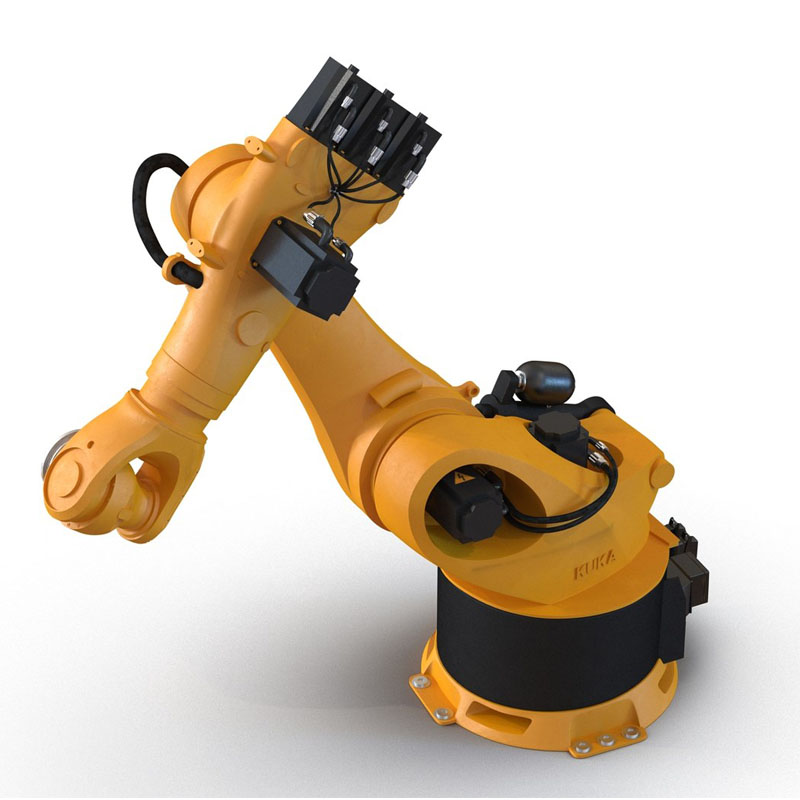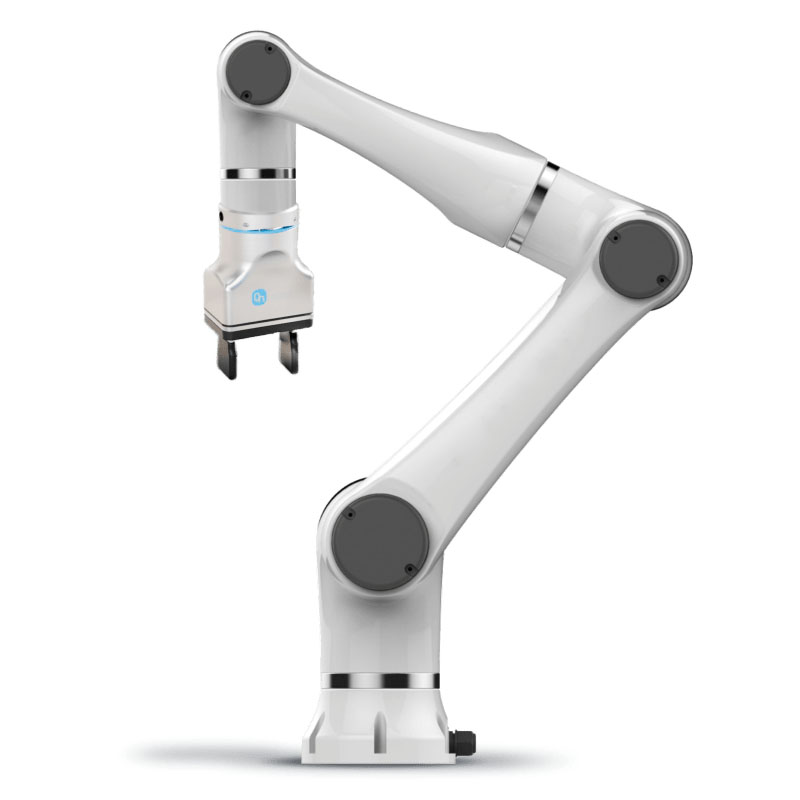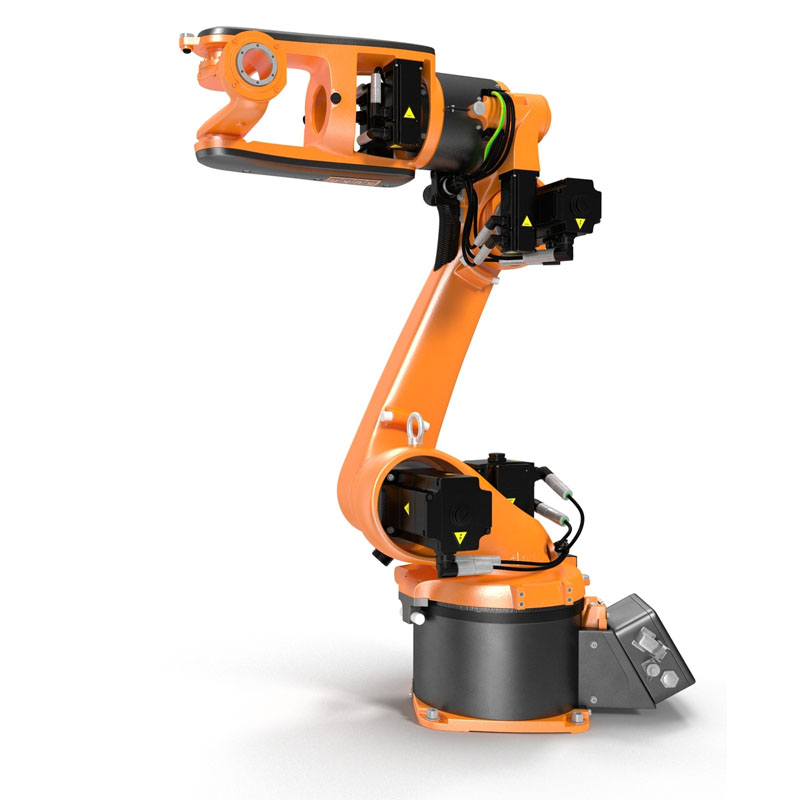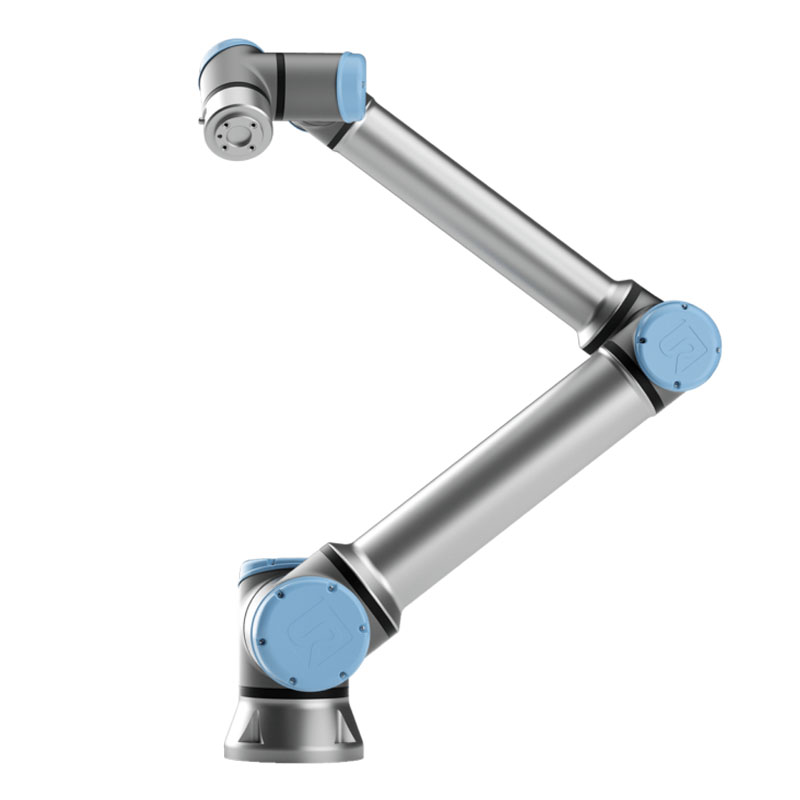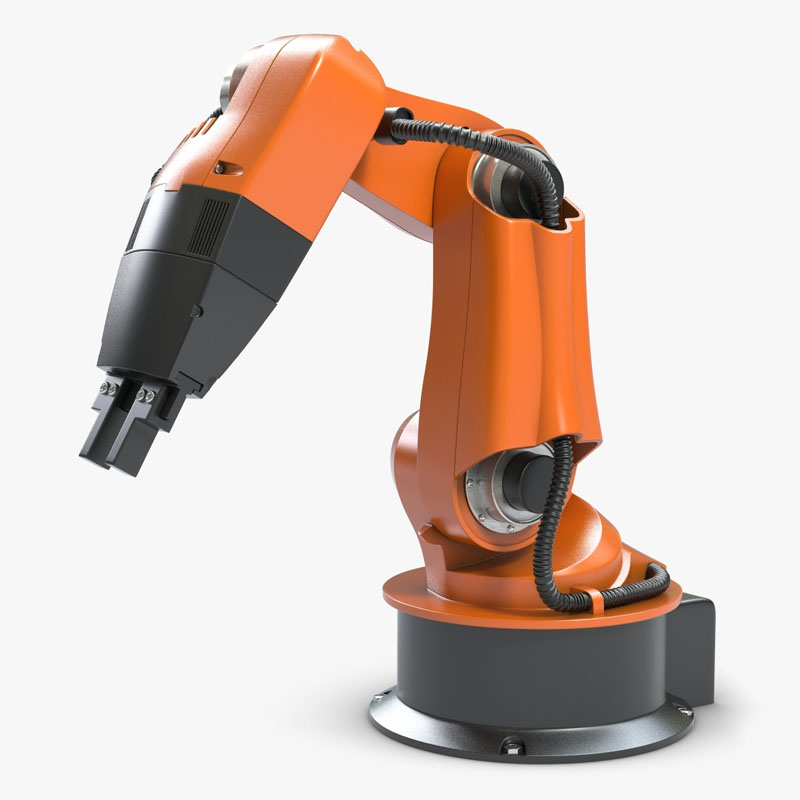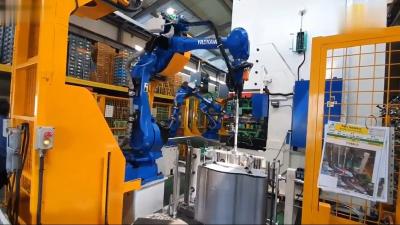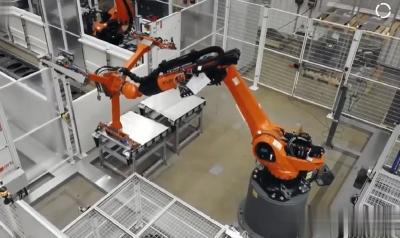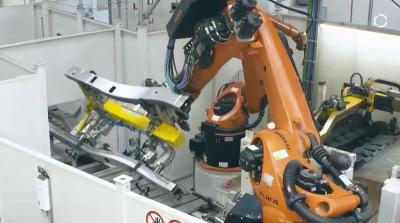Automotive Assembly Line Robots
Automotive Assembly Line Robots:
1,Efficiency: Robots can work continuously without fatigue, ensuring continuous production and increased productivity compared to manual labor.
2,Precision: Robots are highly accurate and consistent in their movements, resulting in improved product quality and reduced errors in assembly tasks.
3,Safety: By automating assembly tasks, robots reduce the risk of accidents and injuries for workers, especially in hazardous or repetitive tasks. Additionally, robots can handle heavy loads and perform repetitive motions without strain, minimizing physical strain on workers.
Automotive Assembly Line Robots:
Automotive assembly line robots, such as the Air Skin Kuka, offer several advantages in terms of efficiency, precision, and safety. These robots are capable of working tirelessly without fatigue, ensuring continuous production and increased productivity on the assembly line. With their high accuracy and consistent movements, they contribute to improved product quality and reduced errors in assembly tasks.
The Air Skin Kuka is a remarkable example of a 6-axis robot arm that can be utilized for various automotive assembly applications. Its versatility enables it to handle different tasks with agility and precision. Additionally, the integration of collaborative palletizing robots enhances the safety of the assembly line. These robots can work alongside human operators, minimizing the risk of accidents and injuries. They can handle heavy loads efficiently, reducing physical strain on workers and creating a safer working environment.
In summary, the utilization of automotive assembly line robots, such as the Air Skin Kuka, combined with 6-axis robot arms and collaborative palletizing robots, improves efficiency, enhances precision, and prioritizes the safety of workers in the automotive manufacturing industry.


